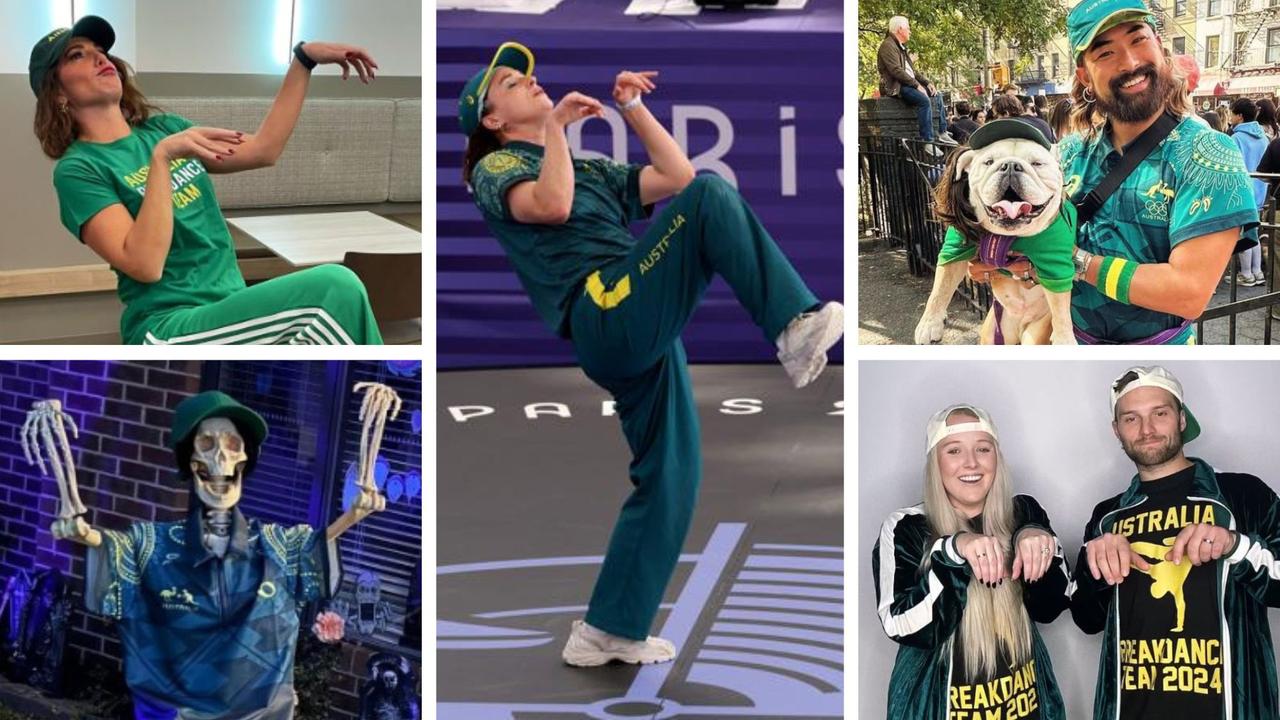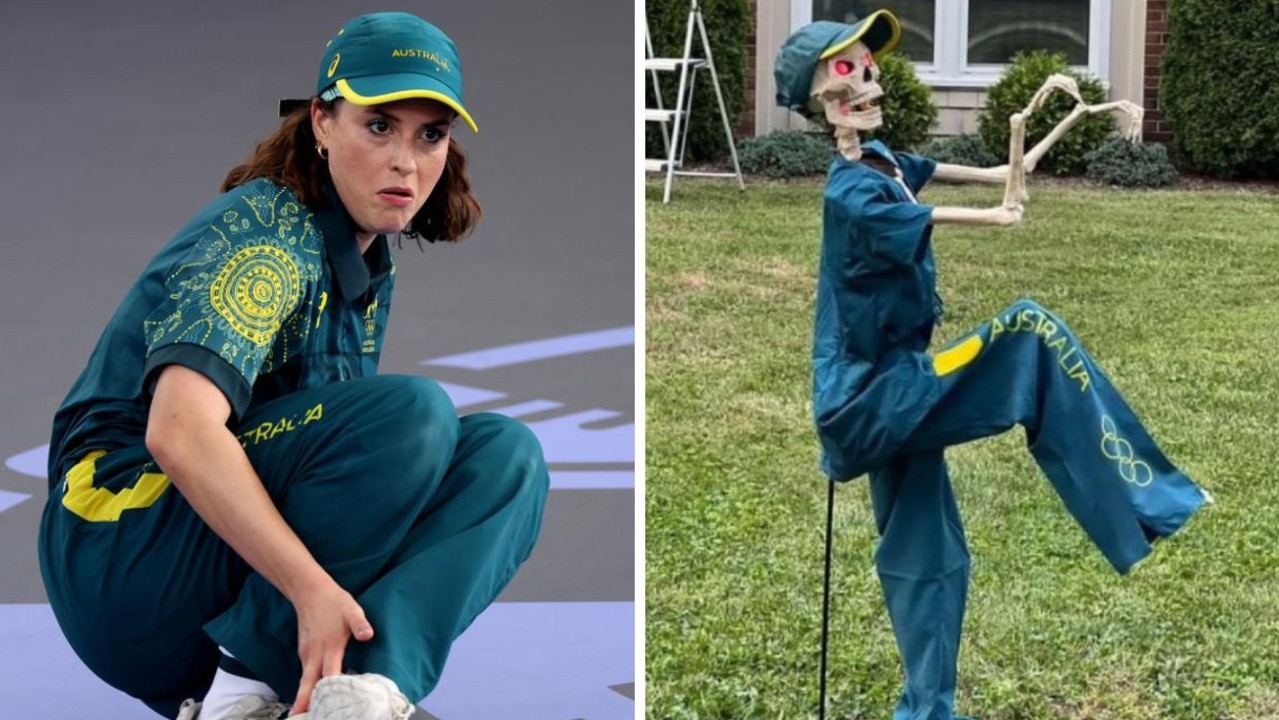Laundry disasters, taco Tuesday and 20,000 coffees: What life is like for Australian athletes in the Olympic Village
Explore what life is like for our athletes living in the Paris Olympic Village, and how Australian officials have made it feel like ‘home’ for our great medal hopes.
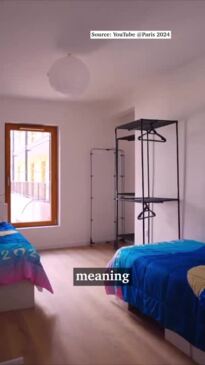
Olympics
Don't miss out on the headlines from Olympics. Followed categories will be added to My News.
There’s a smell that hits when you walk into the section of the Olympic Village that houses team Australia.
Set up alongside tables and chairs is a coffee cart, with two baristas working busily through a stream of orders from Australian Olympians.
Throughout the duration of the games, they will serve up 20,000 cups of coffee.
Chef de mission Anna Meares said it’s part of an effort to build community in the village – and it brings a sense of home for athletes.
“We’re trying to bring those normal elements in for them,” she said.

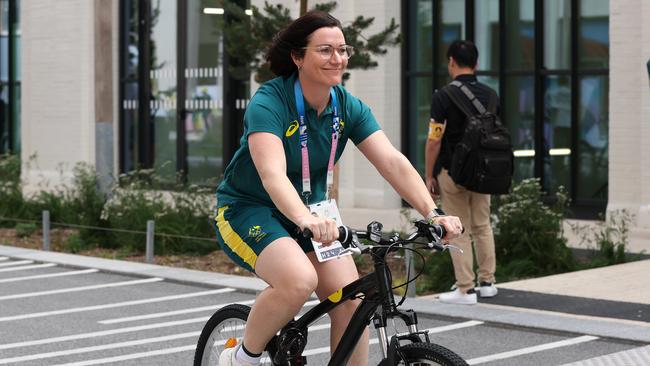
The Australians’ official digs were buzzing when News Corp visited on Tuesday. Diver Melissa Wu strolled back in from training as superstar swimmers rubbed shoulders with superstar footballers.
Rugby Sevens star, soon to be NRL Roosters player, Mark ‘Mark Marky’ Nawaqanitawase picked up a village bike and took off for a ride, while the Dolphins swimmers, including Olympic champ Ariarne Titmus, checked in to their new digs.
The windows of Team Australia’s lower floors sport images Uluru and the Great Barrier Reef, while banners reading: Australia, Merci Paris and Allez Aus, decorate the upper balconies.

Meares said much care and thought had been put into the set-up, particularly the communal spaces. There are two specific spaces to “encourage” the athletes to “gather and mingle”.
“[To] come out of their sporting circles and get to know their fellow Olympian athletes on the Australian team,” Meares said.
There is a “porch” (which has the barista) with sofas and a television to watch their teammates, where they’ll gather together to watch the Matildas in their opening game.
And then there is the yarning circle painted onto the ground.
“Our yarning circle space, which is very much inspired by our very rich indigenous history and culture,” she said.
The swimmers sat around the “yarning circle” where they were given motivating speeches by the likes of chef de mission Meares and walked through the “housekeeping”, like where to do their laundry.
Olympic swimming medallist Eamon Sullivan, who is an AOC official, was there talking the swimmers through it all. He lightheartedly warned them not to fill the laundry bag too full – and spoke about his own mild washing disaster.

Sullivan overfilled the bag and it came back wet. He also told the swimmers to separate their whites and blacks, and to be sure to “zip up” the bags.
“Make sure you put the zip all the way through the little bit of elastic at the end otherwise the zip might come undone and your washing is going to get mixed up with everyone else’s undies,” Sullivan said.
He also explained how to access the vending machines, which are sprinkled through the village, with a special Coca-Cola keyring which means beverages are free.
Then they were addressed by chef de mission Meares.
“I know that just being a Dolphin carries a lot of expectation and pressure and I hope that here, you feel like a member of this Australian Olympic team,” Meares said.
“This is your space to feel comfortable and safe, and whatever happens out there, know that we’re in your corner.”
Athletes from all over the world eat together in a central dining hall but Australia has set up its own Nutrition HQ, where the team can access quick meals and snacks.
Taco Tuesday was the dish of the day, while poke bowls are on offer daily, along with overnight oats and Weetbix for those heading out to early training sessions. There is also a gym and recovery spaces, as well as a ping pong set up.
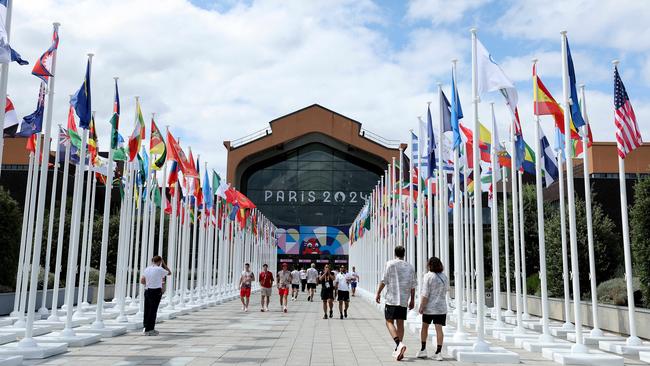

Back in their rooms, they’ll sleep on cardboard beds, which are firm but said to be very comfortable.
Out on the Village plaza is a gift shop where Paris mementos can be purchased, including pins, t-shirts, Olympic Crocs and thongs. It will set them back – $106 for a large mascot, $57 for a cap, up to $123 for a t-shirt, $180 for a zip up jacket and up to $164 for a hoodie.
But the main aim for these Australians is sure to be to return with the greatest souvenir of all; an Olympic medal.
More Coverage
Originally published as Laundry disasters, taco Tuesday and 20,000 coffees: What life is like for Australian athletes in the Olympic Village



